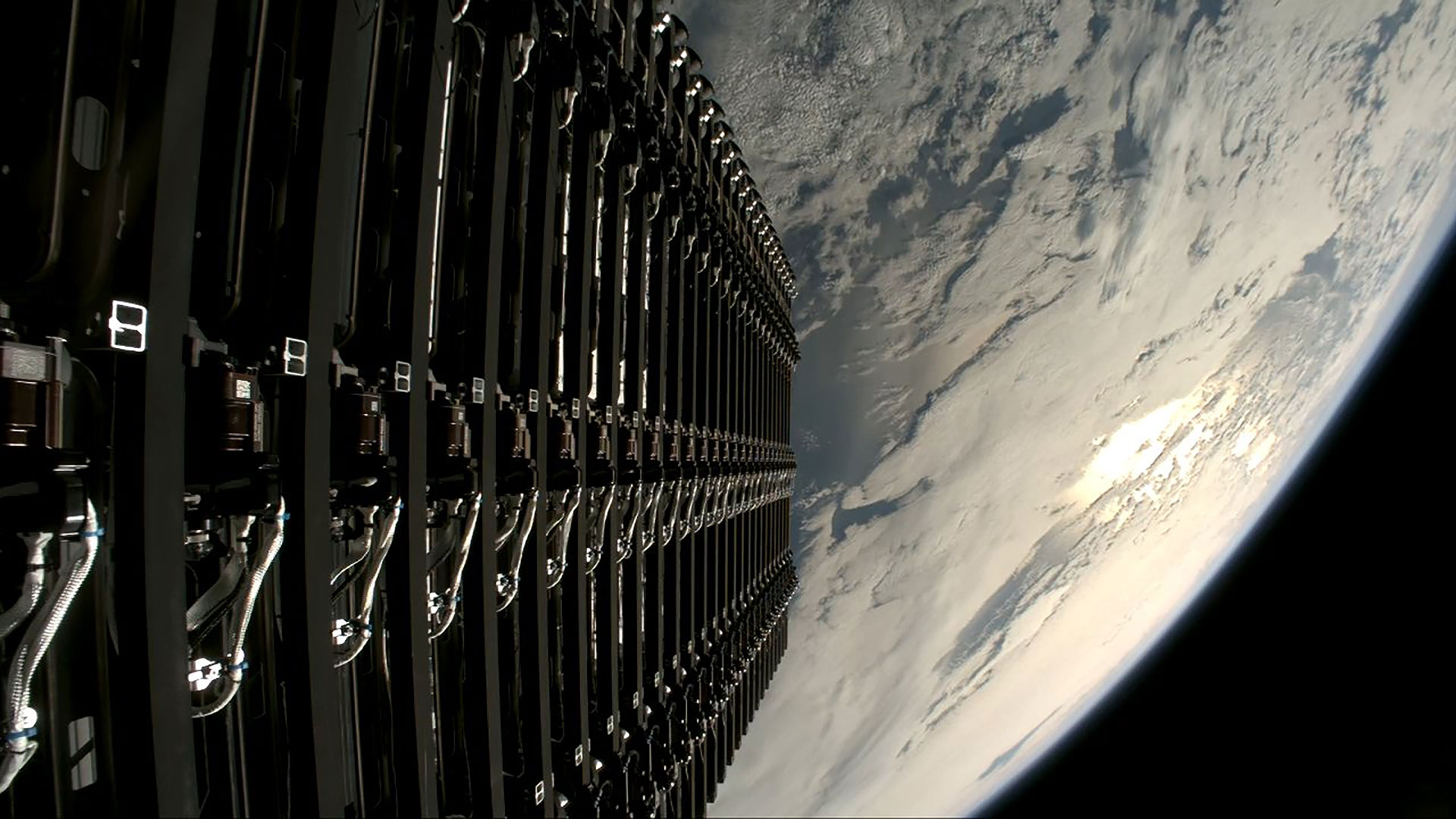Amazing Comet Visible in Broad Daylight
A comet that has generated tremendous excitement the past week became visible in broad daylight Saturday in an event that will likely be recalled as the skywatching opportunity of a lifetime for many people.
SPACE.com's Skywatching Columnist Joe Rao called it "one of the rarest of all cometary spectacles."
Comet McNaught is now the brightest comet in 40 years, according to the International Comet Quarterly at the Harvard-Smithsonian Center for Astrophysics.
Galleries: 1 and 2
The comet is rounding the Sun and has been a challenge to spot for those watching in the evening. The daytime observations are made by using a tall building or other promontory to block the Sun, then looking just slightly eastward.
"I spotted it ... easily within two seconds with 7X50 binoculars as the Sun was hidden behind a promontory," Jay Ouellet of Quebec City told SPACE.com on Saturday.
Even your hand might do. Rao said many people saw it that way on Saturday with no optical aids. And he advises trying again Sunday. Look around Noon local time and search for the comet about 5 degrees left of the Sun. That's about the width of your fist on an outstretched arm.
"Just block the Sun out with your hand and it should be sitting just to the left of the Sun-a tiny, white, elongated spot of light," Rao said.
Binoculars will bring out details of the tail. Astronomers caution, however, not look directly at the Sun. It will damage your eyes. Especially do not look at the Sun through binoculars or a telescope.
"It's fantastic," said Wayne Winch of Bishop, California on the website Spaceweather.com. "I put the Sun behind a neighbor's house to block the glare and the comet popped right into view. You can even see the tail!"
Each day at Noon, the comet will get farther from the Sun and lower toward the South.
The new darling of skywatchers is also visible on the Internet. Until about 11:00 a.m. ET on Monday, Jan. 15, it can be seen in near-live images from the SOHO spacecraft, which monitors the Sun.
Brightest since 1965
As Comet McNaught neared the Sun, more of its ice and dust was radiated off the surface. This material reflects sunlight, giving a comet its brilliance.
McNaught has become minus 5 on an astronomers brightness scale in which smaller numbers are brighter and negative numbers are the brightest of all. Venus shines at minus 4, brighter than any star. The full Moon is minus 12.7.
The only comet since 1935 to be brighter was Ikeya-Seki in 1965. It shone at magnitude minus 7. Comet McNaught, dazzling in pictures, is now far brighter than was the widely seen Hale-Bopp in 1995.
Comet McNaught is named for Australian astronomer Robert McNaught, who found it last year. The comet's evening show is nearly over for Northern Hemisphere skywatchers now as it sets just moments after the Sun on Sunday and then ahead of the Sun by mid-week. Beginning Sunday, skywatchers in the Southern Hemisphere might glimpse the comet soon after local sunset.
- Comet McNaught Viewer's Guide
- Comet McNaught Images: Gallery 1, Gallery 2
- More Images: Great Comets
Breaking space news, the latest updates on rocket launches, skywatching events and more!

Rob has been producing internet content since the mid-1990s. He was a writer, editor and Director of Site Operations at Space.com starting in 1999. He served as Managing Editor of LiveScience since its launch in 2004. He then oversaw news operations for the Space.com's then-parent company TechMediaNetwork's growing suite of technology, science and business news sites. Prior to joining the company, Rob was an editor at The Star-Ledger in New Jersey. He has a journalism degree from Humboldt State University in California, is an author and also writes for Medium.
